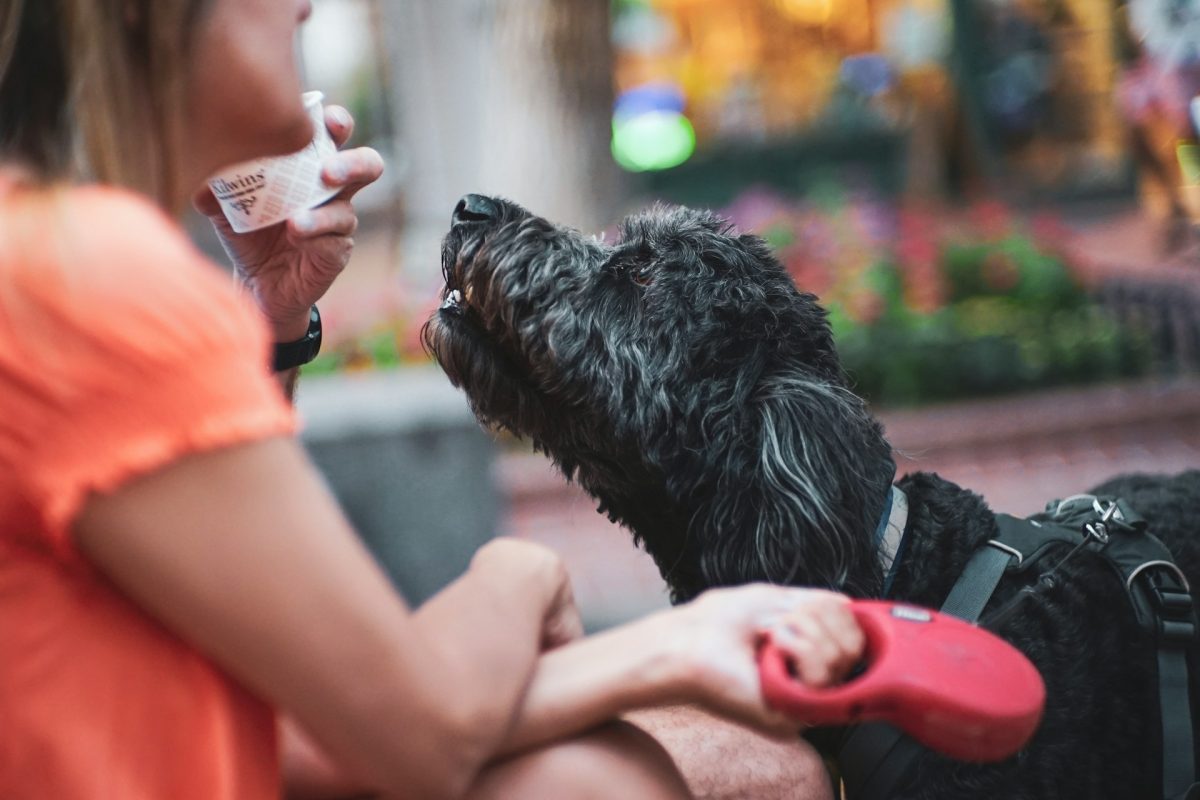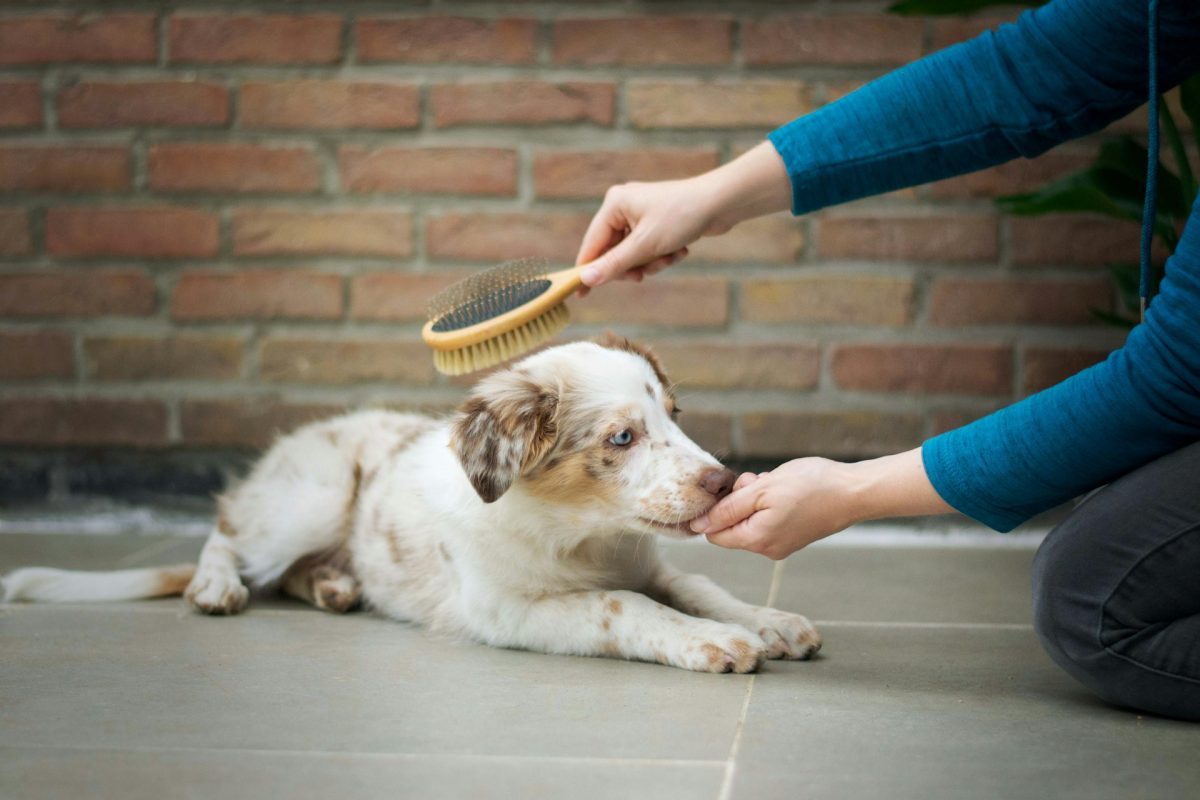Buying pet insurance for the first time can feel like stepping into a maze of plans, premiums, and fine print. While the idea of protecting your pet’s health is straightforward, navigating policies isn’t always so simple. Many first-time buyers make decisions that can lead to unnecessary expenses, gaps in coverage, or frustration later on. Here are the most common mistakes to avoid so you can choose a policy that truly supports your furry family member.
1. Waiting Until Their Pet Needs Care
One of the biggest mistakes is waiting until a pet shows signs of illness or injury before getting coverage. Pet insurance is designed to cover unexpected medical issues, not those that already exist. If your pet is already showing symptoms, the condition will likely be considered “pre-existing” and excluded from coverage. Starting early, ideally while your pet is young and healthy, ensures the widest range of benefits.
2. Skimming Over the Policy Details
It’s tempting to just glance at the brochure or summary, but the fine print is where you’ll find important information about exclusions, limits, and reimbursement rules. Without reading closely, you might be surprised later to find certain treatments or medications aren’t covered. A careful review now can prevent disappointment during a stressful veterinary emergency.
3. Choosing the Cheapest Option Without Comparing
Low monthly premiums might look appealing, but they often come with higher deductibles, lower reimbursement rates, or stricter limits. A cheap plan that doesn’t meet your pet’s needs could cost you more in the long run. Compare policies side by side to see which offers the best balance of affordability and coverage.
4. Overlooking Routine and Preventive Care Needs
Many first-time buyers assume standard pet insurance will pay for vaccinations, annual checkups, or dental cleanings. In most cases, these services require an add-on or a wellness plan. Without one, you’ll still be paying out-of-pocket for preventive care, even with insurance.
5. Ignoring Breed-Specific Risks
Certain breeds are more prone to hereditary conditions, like hip dysplasia in large dogs or heart disease in certain small breeds. Not all policies cover hereditary or congenital issues, and some have breed-specific exclusions. Understanding your pet’s breed risks can help you pick a policy that won’t leave you unprotected.
6. Not Understanding How Reimbursements Work
Pet insurance generally reimburses you after you’ve already paid the vet. That means you may need to cover the bill upfront, then submit a claim. First-time buyers sometimes assume the insurer pays the vet directly, which can lead to financial surprises if they aren’t prepared to pay out-of-pocket at the time of treatment.
7. Forgetting to Reassess the Policy Over Time
Your pet’s needs can change with age, and so can your policy options. Sticking with the same plan for years without checking for updates could mean you’re missing out on better coverage or paying for services your pet no longer needs. A yearly review keeps your plan aligned with your pet’s stage of life.
8. Failing to Ask Questions Before Signing
Insurance jargon can be intimidating, but asking questions before you commit is essential. Whether it’s about claim processing times, waiting periods, or coverage limits, getting clarity upfront saves you from unpleasant surprises when you need your policy the most.
Pet insurance can be a valuable safety net, but it works best when you choose wisely from the start. By avoiding these common mistakes, you can secure a policy that offers true peace of mind—and ensures your pet gets the care they deserve without financial stress.



